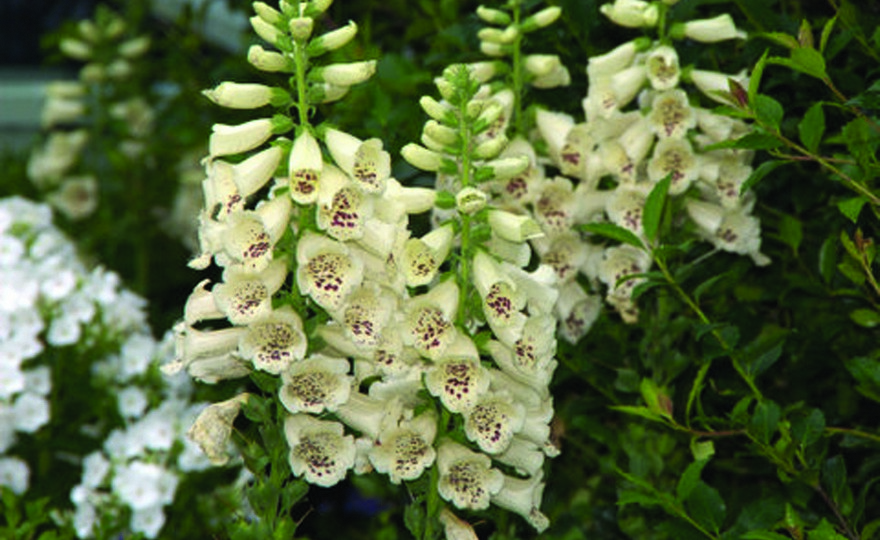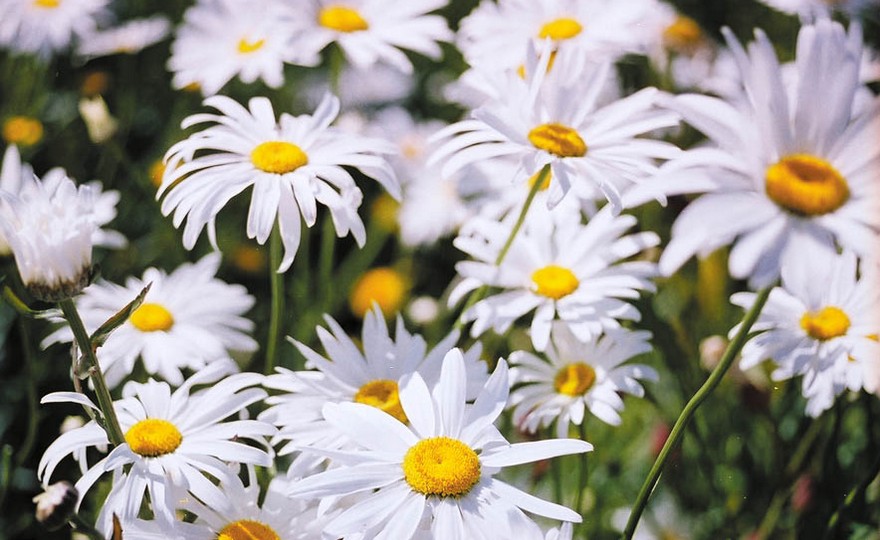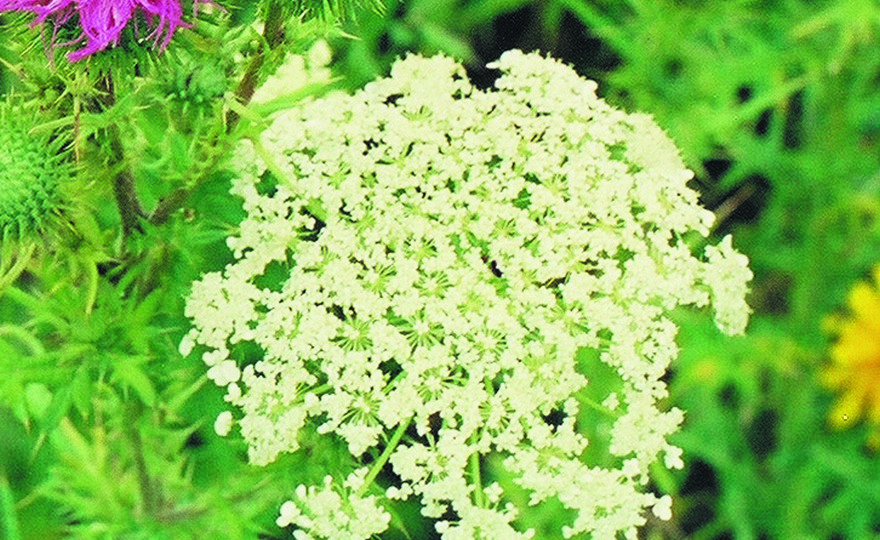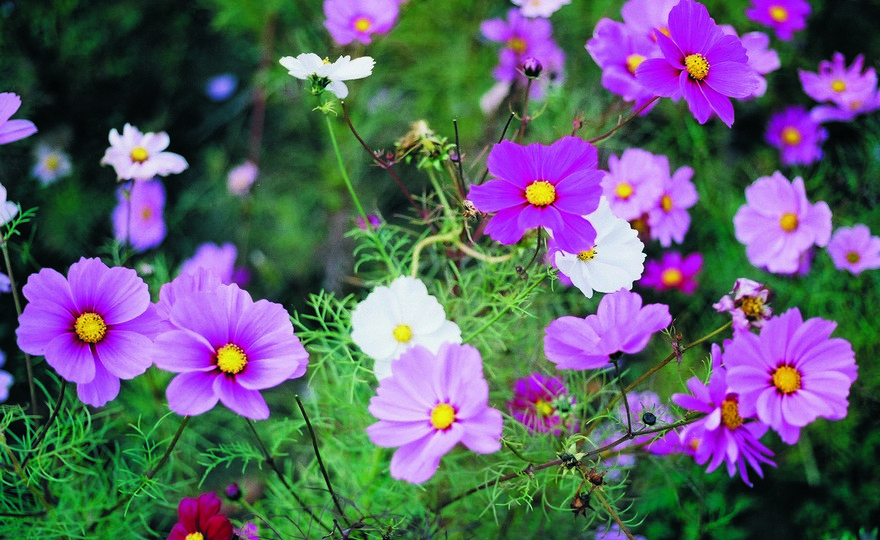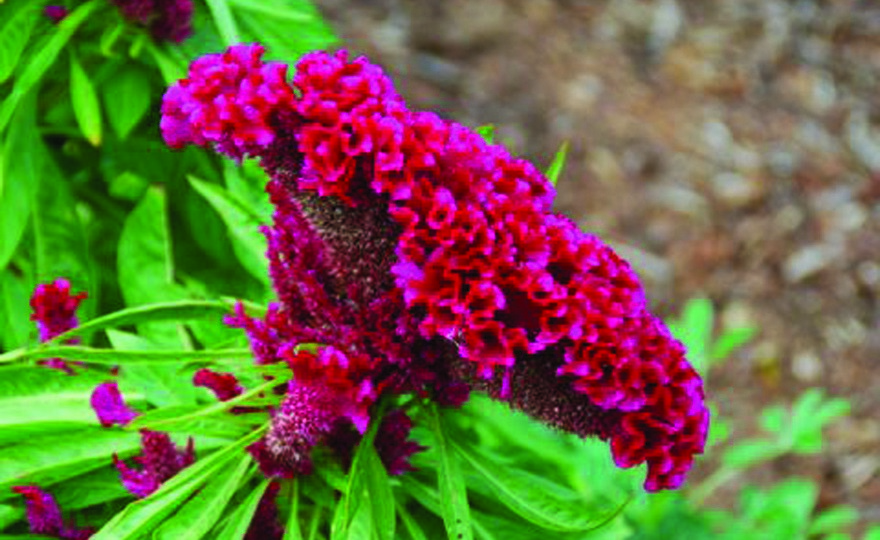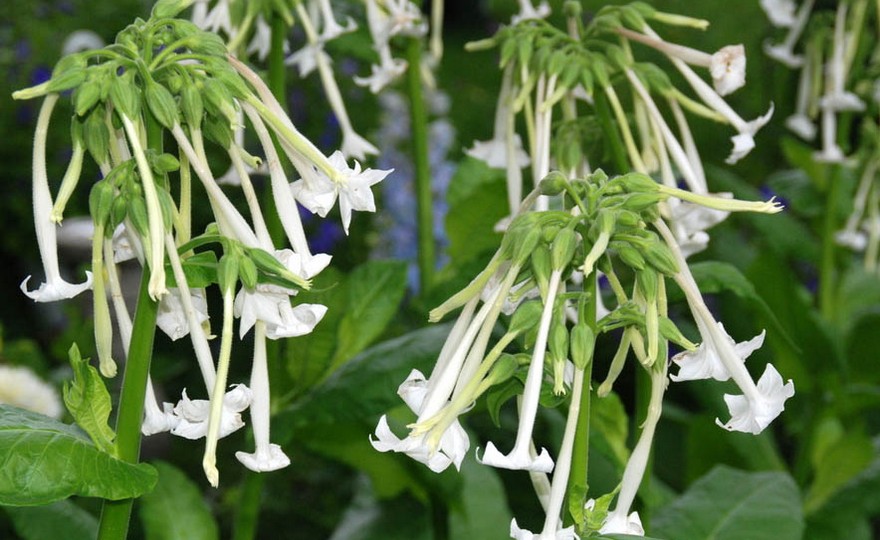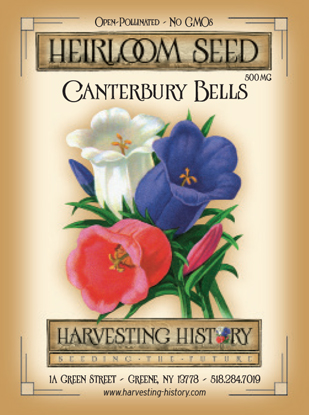
Canterbury Bells
-
- **SOLD OUT** HOLIDAY GIFTS **SOLD OUT**
- **SOLD OUT** Holiday Books **SOLD OUT**
- **SOLD OUT** Holiday Citrus **SOLD OUT**
- **SOLD OUT** Holiday Gift Certificates **SOLD OUT**
- **SOLD OUT** Holiday Paperwhites **SOLD OUT**
- **SOLD OUT** Holiday Praying Mantis Kits **SOLD OUT**
- **SOLD OUT** Holiday Tools **SOLD OUT**
- **SOLD OUT** Holiday Wildflower Mixtures **SOLD OUT**
- Citrus Trees
- **SOLD OUT** - Vegetable and Herb Plants - Mix & Match any 6 Plants for $50 - Only Shipped in Quantities of 6
- Elephant Ear Plants & Roots
- **SOLD OUT** 4-Inch Pot Herb Plants **SOLD OUT**
- Rare Plants
- **SOLD OUT** Vining Plants **SOLD OUT**
- Asian Seeds
- Beneficial Bugs
- Books
- Citrus Fertilizers
- Cold-Treated Bulbs - SEE BULBS FOR FALL PLANTING TO ORDER
- Cold-Treated Allium
- Cold-Treated Chionodoxa
- Cold-Treated Crocus
- Cold-Treated Hyacinthoides
- Cold-Treated Hyacinthus Orientalis
- Cold-Treated Narcissus
- Cold-Treated Cyclamineus Narcissus
- Cold-Treated Double Heirloom Narcissus
- Cold-Treated Jonquilla Narcissus
- Cold-Treated Large Cupped Narcissus
- Cold-Treated Poeticus Narcissus
- Cold-Treated Small Cupped Narcissus
- Cold-Treated Species Miniature Narcissus
- Cold-Treated Split Cupped Narcissus
- Cold-Treated Tazetta Narcissus
- Cold-Treated Triandus Narcissus
- Cold-Treated Trumpet Daffodils
- Cold-Treated Ornithogalum
- Cold-Treated Rock Garden Iris
- Cold-Treated Scilla
- Cold-Treated Tulips
- Cold-Treated Emperor Tulips
- Cold-Treated Fringed Tulips
- Cold-Treated Green or Viridiflora Tulips
- Cold-Treated Lily Flowering Tulips
- Cold-Treated Parrot Tulips
- Cold-Treated Peony Flowering Tulips
- Cold-Treated Single Early Tulips
- Cold-Treated Single Late Tulips
- Cold-Treated Species Tulips
- Cold-Treated Triumph Tulips
- Flower Bulbs, Corms and Tubers
- Bulbs for Spring Planting
- Bulbs for Fall Planting - ALL BULBS AVAILABLE ARE COLD TREATED FOR PLANTING AS SOON AS SOIL CAN BE WORKED
- Fall Blooming Bulbs
- Garden Tools & Equipment
- Gift Certificates
- HHH Exclusive Wildflower Mixtures
- Wildflower Mixtures
- Heirloom Garlic
- Potatoes
- Roots & Sets
- Seeds
- Flowers
- Herbs
- Vegetables
- **SOLD OUT** HOLIDAY GIFTS **SOLD OUT**
-
- No products to compare
-
75 in stock
Quick Overview
Canterbury Bells
are biennial, blooming most prolifically in the second year and rarely blooming in the first year. The plants need full sun, good moisture and will do well with a generous amendment of bone meal to the soil around them. Seeds should be started outside when the danger of frost has passed. The plants are most visually pleasing when planted in groups of at least three, but individual plants need to be separated from each other by at least 12 inches. The plants transplant well, so dig up thinnings carefully and place in other parts of the garden. These plants make excellent container plants blooming from early summer until the fall.
| Type | Spacing | Planting Depth | Days to Germination | Blossoms |
| Bienniall | 12 in. | 1/2 in. | 10-14 | 180 |

Canterbury Bells
Canterbury Bells belong to the Campanula family, a huge family of flowers (more than 300) that all share the common characteristic from which they derive their Latin name. Campanula comes from the Latin, meaning tower of bells. So many of the campanulas are desirable garden flowers, that this species has long been a part of gardening history. The species of campanula discussed here is Campanulaceae medium – the Canterbury Bells. Canterbury Bells are native to Southern Europe and were introduced to British gardeners in 1597. In the 16th and 17th centuries Canterbury Bells were called Coventry Bells, but by the 1800’s they had assumed the name, Canterbury Bells. Joseph Breck in his 1851 book, The Flower Garden, states that Canterbury Bells were also known as Venus’ Looking Glass. He further notes that the stems of the plant bear a profusion of blue, rose, purple, red, or white inflated trumpets. The plant makes an excellent container plant and the flower stalks are excellent cut flowers.” Canterbury Bells are biennial, blooming most prolifically in the second year and rarely blooming in the first year. The plants need full sun, good moisture and will do well with a generous amendment of bone meal to the soil around them.


